
Agricultural practices have evolved to embrace reduced tillage and, increasingly, no-till farming. Reduced tillage involves minimal soil disturbance, preserving the soil structure and reducing the risk of compaction. No-till farming takes this a step further, eliminating mechanical soil disturbance altogether. Benefits: 1️⃣ Preserving Soil Structure Soil structure refers to the arrangement of soil particles into […]
Read More
The success of maize cultivation hinges on a series of land preparation practices that encompass timing, planting techniques, seed germination, and the judicious use of fertilizers and soil amendments. In this discussion, let’s unravel the intricacies of these best practices, highlighting their pivotal role in establishing the foundation for a thriving maize crop. 1️⃣ Timing […]
Read More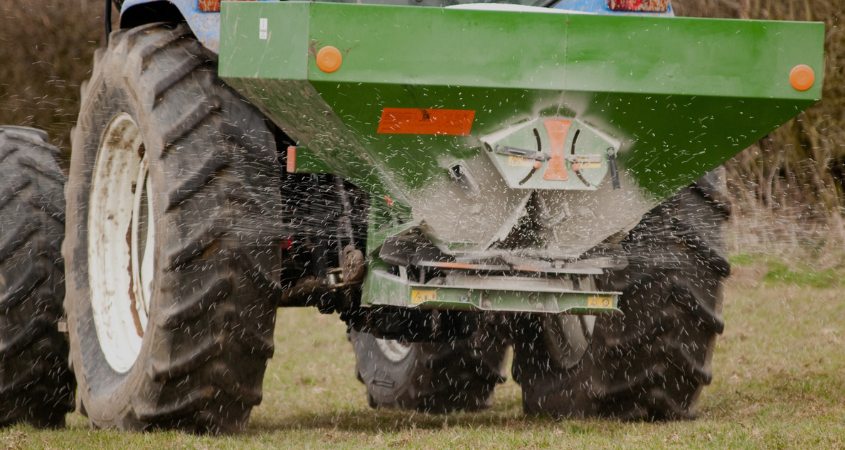
Choosing the right fertilizer spreader is a critical decision in top dressing, as it significantly influences the efficiency and effectiveness of nutrient application. Several factors should be considered when selecting a fertilizer spreader to ensure optimal results. 1️⃣ Spreading Width The spreading width of the fertilizer spreader determines the coverage area per pass. It’s essential […]
Read More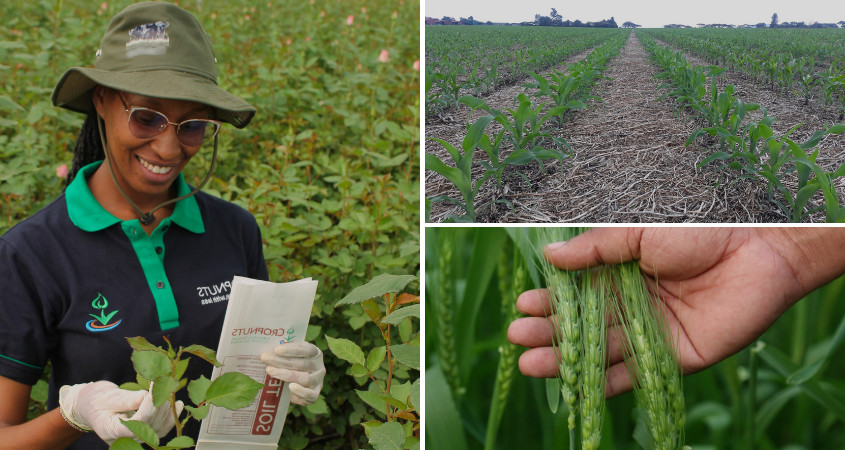
Fertilizer top dressing is a critical stage in the crop cycle, influencing nutrient availability and, consequently, crop yield. As a farmer, understanding and implementing best practices is essential for optimizing the effectiveness of this process. 1️⃣ Soil Analysis as a Foundation Before planting, conduct a comprehensive soil analysis to ascertain existing nutrient levels. This baseline […]
Read More
Healthy soils are the bedrock of a thriving farming operation, and their impact on profitability is profound. Embracing improved fertilizer use efficiency and nurturing soil health can yield a multitude of benefits, translating into financial gains for growers. How Do I Profit? 1️⃣ Cost Savings on Fertilizers By cultivating well-balanced, biologically active soils, you can […]
Read More
Fertilizer Use Efficiency (FUE) is a crucial metric in modern agriculture. It measures the proportion of nutrients from fertilizers that actually contribute to plant growth and development. Maximizing FUE is not only economically prudent for growers but also aligns with sustainable agricultural practices. Today, we’ll explore the factors influencing FUE and the strategies for optimizing […]
Read More
Soil microbes, the fungi bacteria and protozoa in the soil, are the driving force behind nutrient availability for plants. As growers, understanding and harnessing the power of these microbial allies can unlock the full potential of our soil and boost the health and productivity of our crops. Let’s take a deep dive into how to […]
Read More
Achieve a breathtaking display of beautiful blooms with our specialized fertilizer program designed for repeat-blooming rose varieties. Tailored to the unique needs of these delightful roses, our program ensures consistent flowering cycles and robust growth throughout the season. Let’s explore the stages and key fertilization strategies for cultivating stunning repeat blooming roses: 1️⃣ Pre-Planting Stage: […]
Read More

Embarking on the journey of cultivating vibrant flowers demands a strategic approach, and as a flower grower, delving into the basics is your first and foremost task. Before acquiring a new farm, conducting a thorough risk assessment, supported by comprehensive laboratory analysis, becomes your compass in steering towards success. Here’s a breakdown of the basics: […]
Read More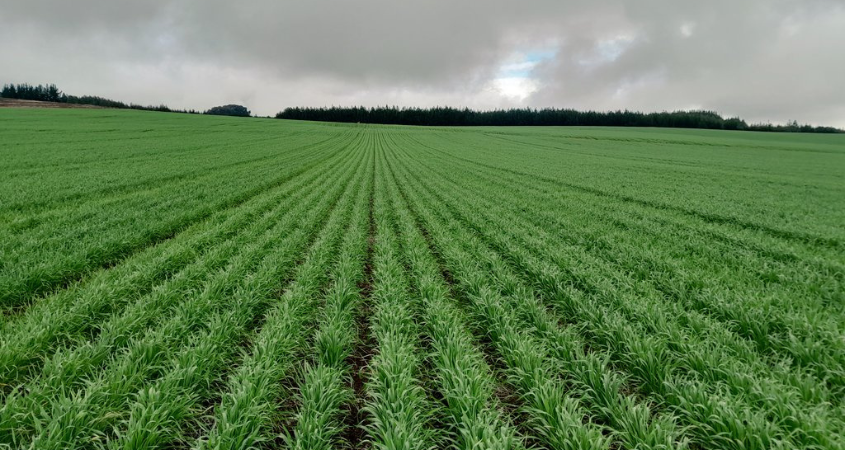
You have chosen your favourite variety, prepared the soil and are ready to plant. Hopefully you have examined the soil structure and taken action to remedy any compaction or structural issues, now you just need to load the planter with seed…. and fertiliser. One of the most important things you can do is take a […]
Read More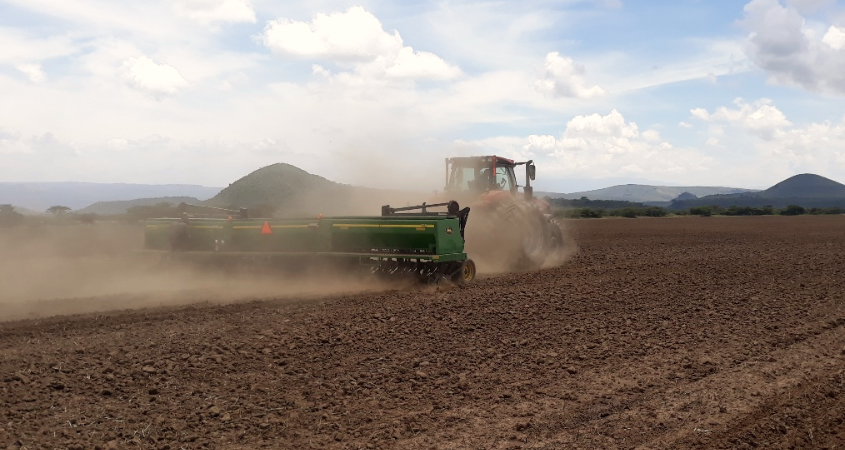
As we look ahead to the planting season, land preparation is already underway. We run through some pointers on what to look for when preparing fields, to make sure that you give your crops the best chance this year. Number one for me is always dig a hole. This allows you to not only examine […]
Read More
Accurate feed analysis forms the bedrock upon which informed decisions are made in the realm of animal agriculture. Join us as we unravel the pivotal role played by precise feed analysis, showcasing why it is foundational for the well-being and performance of livestock. 1) Balancing Nutrient Profiles a) Optimizing Diets: Accurate analysis unveils the exact […]
Read More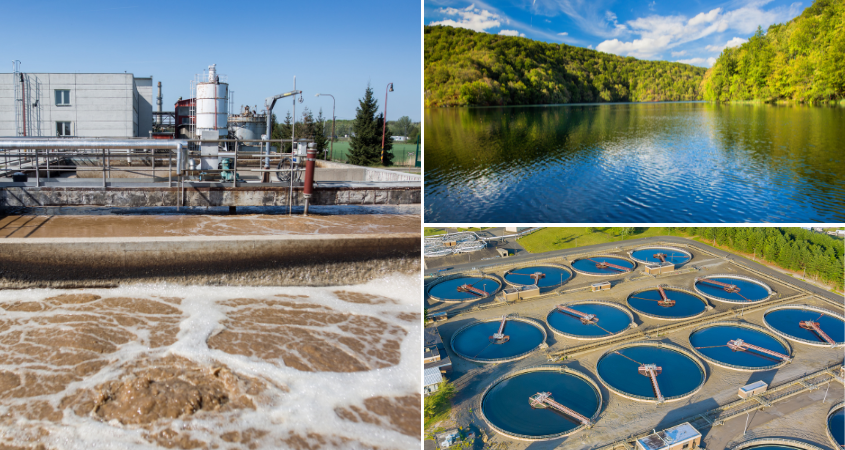
Water quality assessment is necessary to safeguard our water resources. Let’s explore the fundamental parameters for assessing water quality and understand why they form the bedrock of sustainable water management. 1) pH Levels The pH of water, reflecting its acidity or alkalinity, is a fundamental parameter with profound implications. Balanced pH is crucial for nutrient […]
Read More
In the pursuit of a healthier and sustainable food supply, prioritizing pesticide-safe food products has become paramount. Let’s delve into key strategies that safeguard our plates from unwanted residues: 1. Integrated Pest Management (IPM) Adopting IPM practices minimizes reliance on chemical pesticides by integrating various pest control methods like biological controls and crop rotation, reducing […]
Read More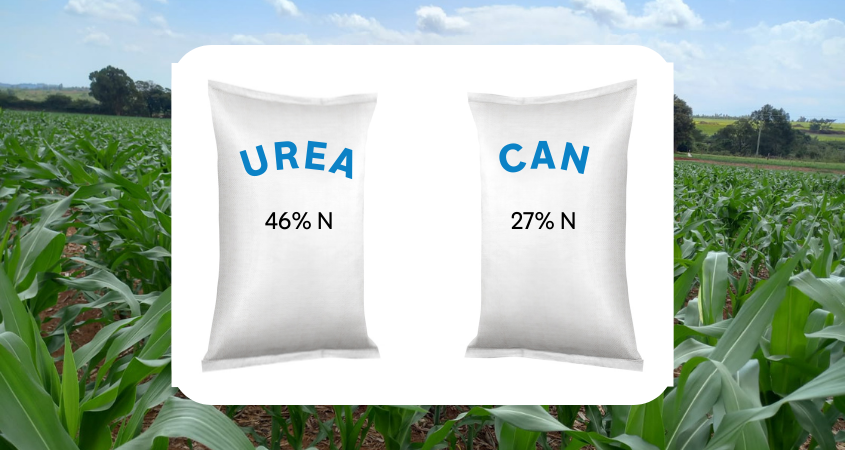
In the realm of top-dressing fertilizers, the choice between Urea and Calcium Ammonium Nitrate (CAN) is a decision that demands careful consideration. Let’s explore the advantages and disadvantages of each: 1. Urea Advantages: a) Cost-Efficiency: Urea often stands out as a cost-effective option, providing nitrogen at a relatively lower price. Has economic viability, especially for […]
Read More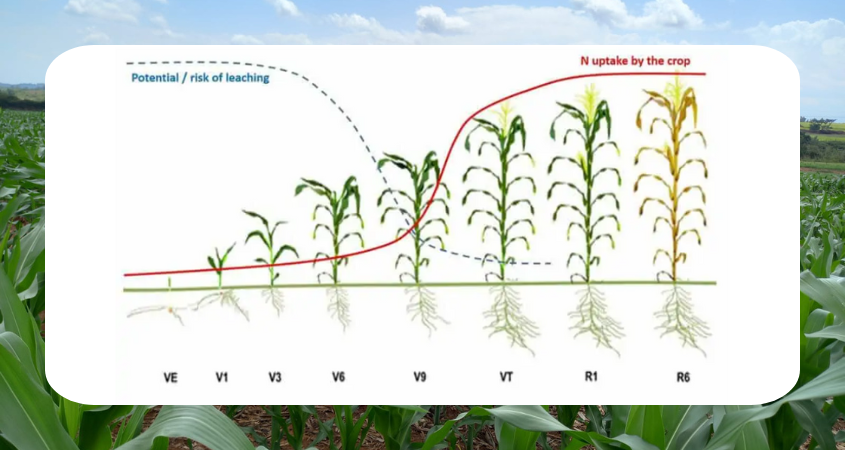
Nitrogen application at various growth stages is crucial for farmers and agronomists aiming to optimise maize crop performance. Let’s delve into the dynamics of nitrogen topdressing application and its profound effects on crop health and yield. 1️⃣ Foundational Stages: V1 to V3 The crop emerges during the V1 stage, setting the stage for growth. At […]
Read More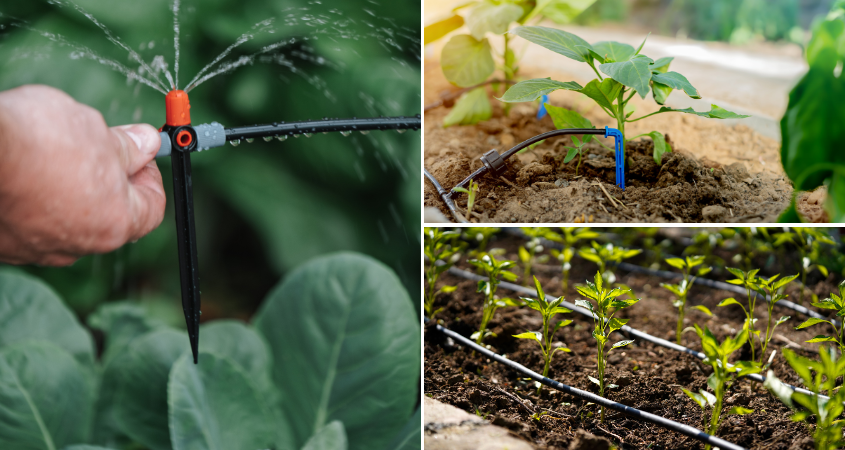
Optimizing irrigation practices is a fundamental aspect of modern agriculture that seeks to enhance water efficiency, promote crop health, and contribute to sustainable farming. Here’s a detailed exploration of key strategies for optimizing irrigation practices. 1. Drip Irrigation Systems Drip irrigation is a highly efficient method that delivers water directly to the base of plants, […]
Read More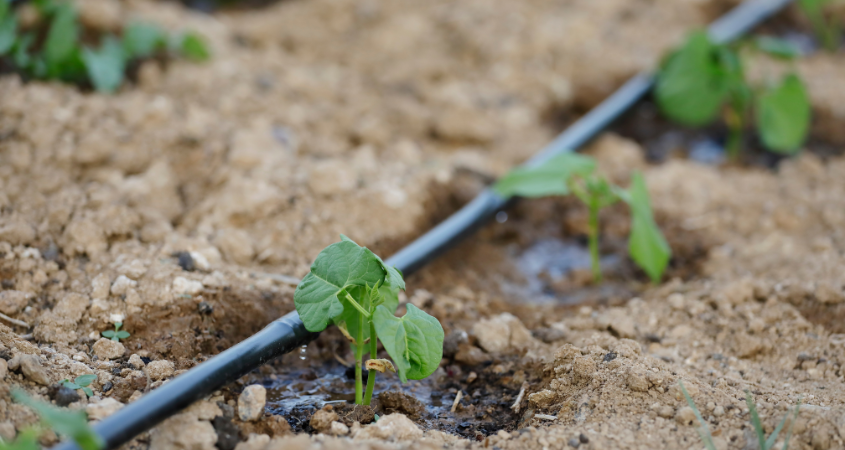
Sustainable water use in agriculture is a critical component of responsible farming practices that aim to balance the needs of crop production with the preservation of water resources. Let’s explore the key facets of sustainable water management in the agricultural context. 1. Optimizing Water Efficiency Modern irrigation techniques such as drip irrigation and precision irrigation […]
Read More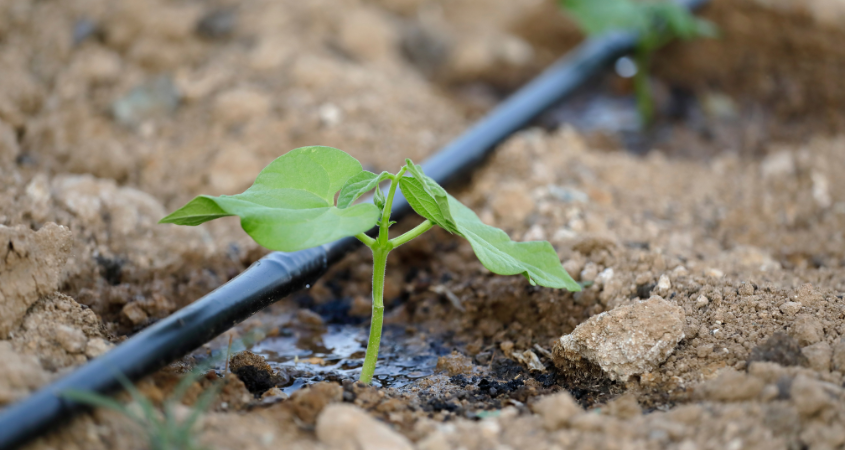
In agricultural operations, the influence of irrigation water quality on crop health is a pivotal yet frequently underestimated factor. Let’s delve into the symbiotic relationship between water quality and crop vitality in the realm of irrigation management. 1. Water as a Lifeline for Crops Water is the lifeblood of crops, nurturing the plant’s germination, growth, […]
Read More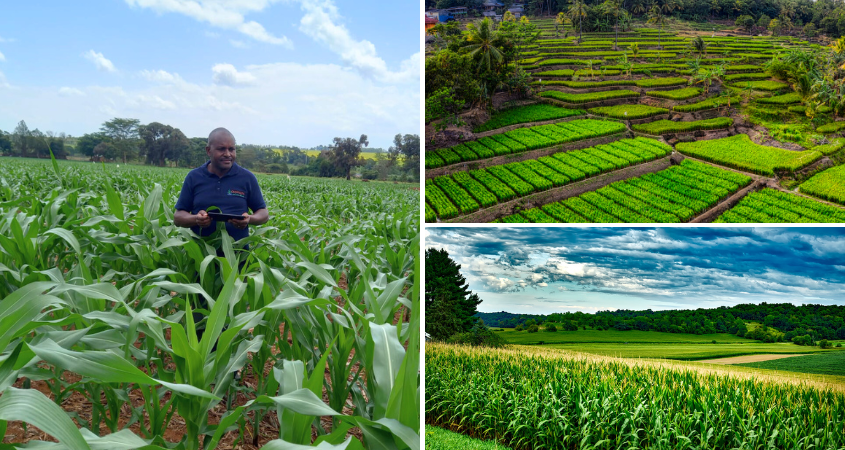
The topography, or physical features of the land, encompasses its contours, slopes, and overall structure. Maize crops, sensitive to their environment, respond dynamically to these features. Understanding the lay of the land is crucial to the planting and growth of maize. In today’s post let’s delve into the crucial aspects of topography in maize crops: […]
Read More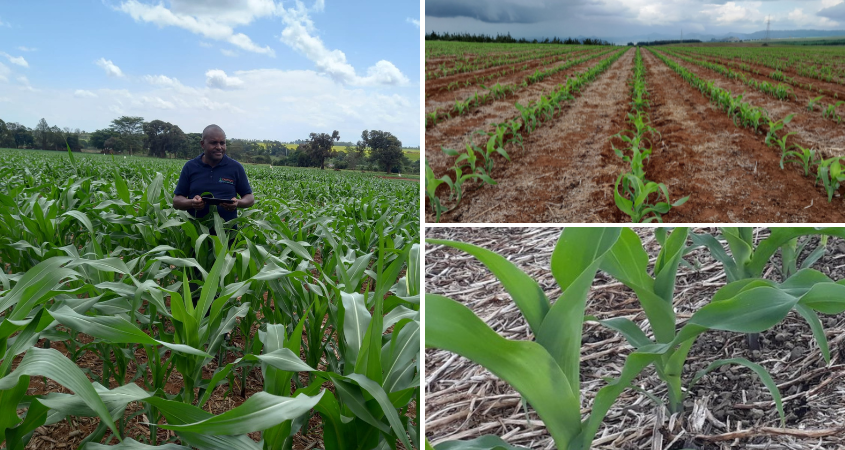
Embarking on the journey of maize cultivation requires a strategic approach, with proper land preparation standing as the compass guiding farmers to success. In today’s post, let’s explore the key stages involved in maize land preparation: 1. Consider Topography Examining topography becomes a crucial stage, guiding farmers to identify potential hurdles such as water drainage […]
Read More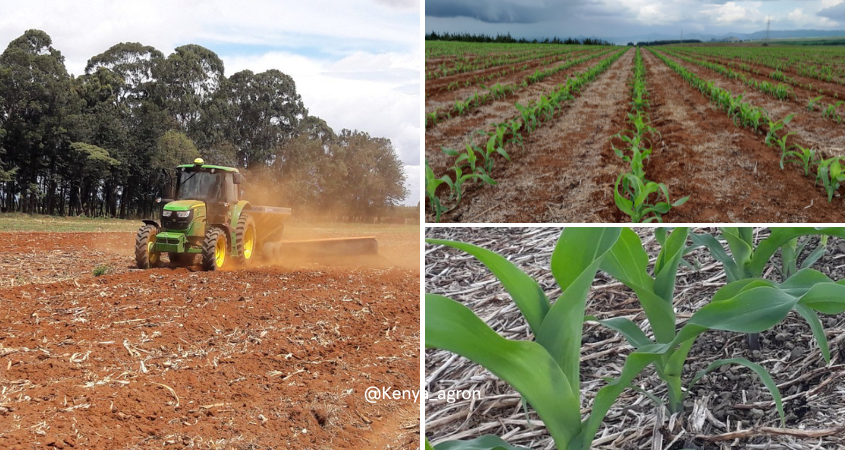
Proper land preparation for maize is more than a preparatory step; it forms the very foundation of a successful maize crop. The condition of the soil directly influences maize growth, impacting both quality and yield. Let’s delve into the crucial contributions of meticulous land preparation to the success of the maize crop. 1. Enhanced Soil […]
Read More
Growing a healthy and high-yielding commercial variety sugarcane crop requires a well-designed fertilizer program that addresses the crop’s changing nutrient needs throughout its various growth stages. Let’s delve into the essential fertilizer management strategy for your sugarcane cultivation: 1️⃣ Soil Testing and Pre-Planting Preparation Begin by conducting a comprehensive soil test before planting. Analyze nutrient […]
Read More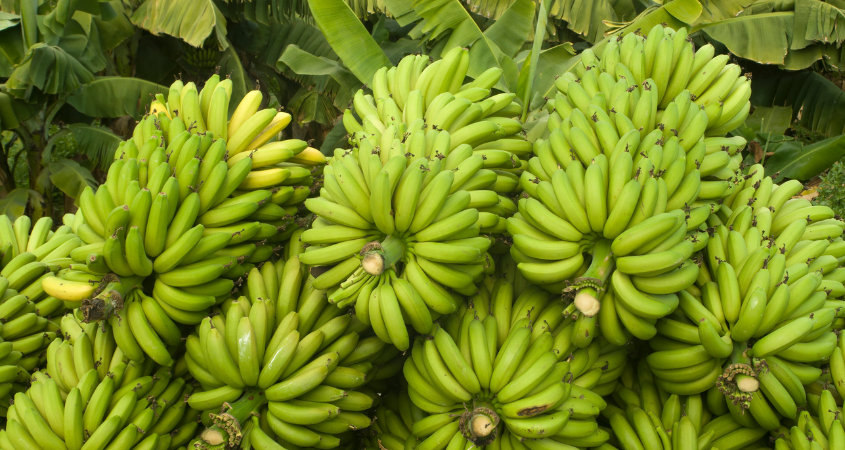
Growing healthy and high-yielding bananas requires a well-planned fertilizer program that addresses the crop’s changing nutrient needs throughout its growth stages. Here’s a guide to optimizing your banana fertilization strategy: 1️⃣ Planting and Establishment Start with a soil test before planting to assess nutrient levels. Prepare the soil by incorporating organic matter and essential nutrients. […]
Read More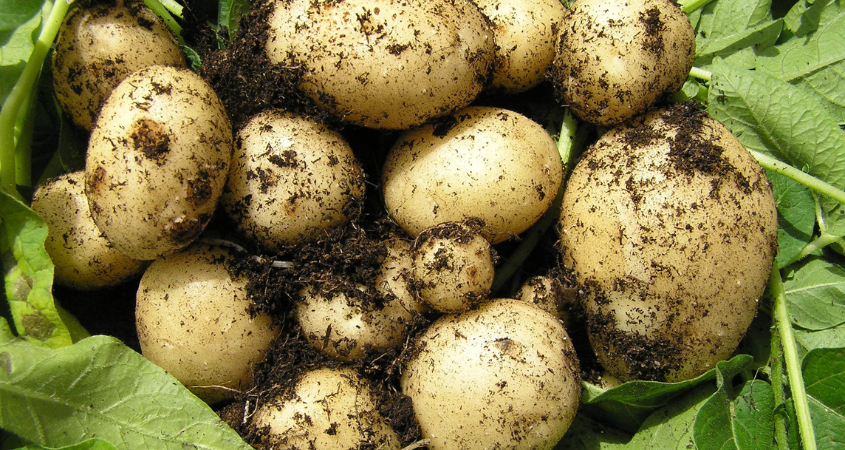
Are you looking to optimize your Irish potato crop’s growth and yield potential? Tailoring your fertilizer program to meet the crop’s changing nutrient needs throughout its growth stages is the key to success. Let’s explore a comprehensive fertilizer program to maximize your Irish potato harvest: 1️⃣ Pre-Planting Stage Start with a soil test before planting […]
Read More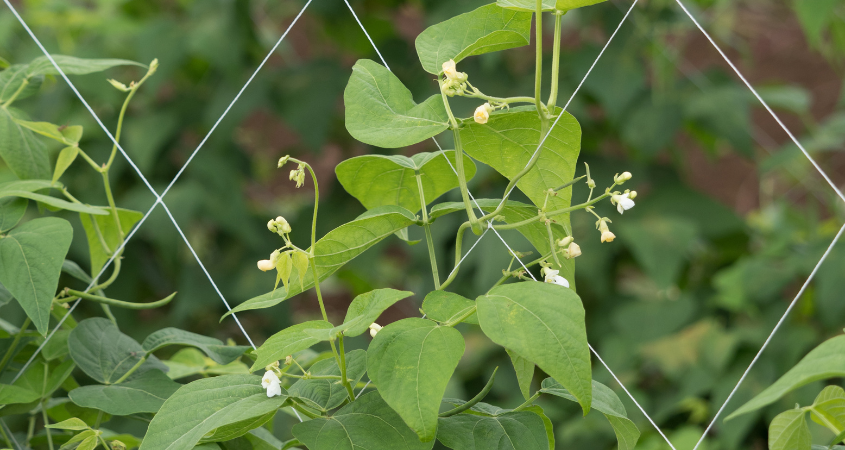
Growing healthy and productive common beans requires a tailored fertilizer program that meets the crop’s specific nutrient needs throughout its growth stages. Let’s explore a comprehensive approach to optimize your common bean fertilization strategy: 1️⃣ Pre-Planting & Planting Stage Begin with a soil test to assess nutrient levels. Amend the soil with organic matter and […]
Read More
Investing in soil health is not just a commitment to environmental sustainability but also a wise economic decision with far-reaching benefits. Here’s a look at how investing in soil health can lead to economic prosperity: 1. Increased Agricultural Productivity Healthy soils translate to increased agricultural productivity. Well-balanced soil nutrient levels, improved soil structure, and a […]
Read More
The journey from soil to table is a fundamental aspect of food production, and the health of this journey begins with the very soil in which crops grow. Here’s a closer look at how healthy soil directly contributes to the production of nutritious food: 1. Nutrient-Rich Foundation Healthy soil serves as the foundation for growing […]
Read More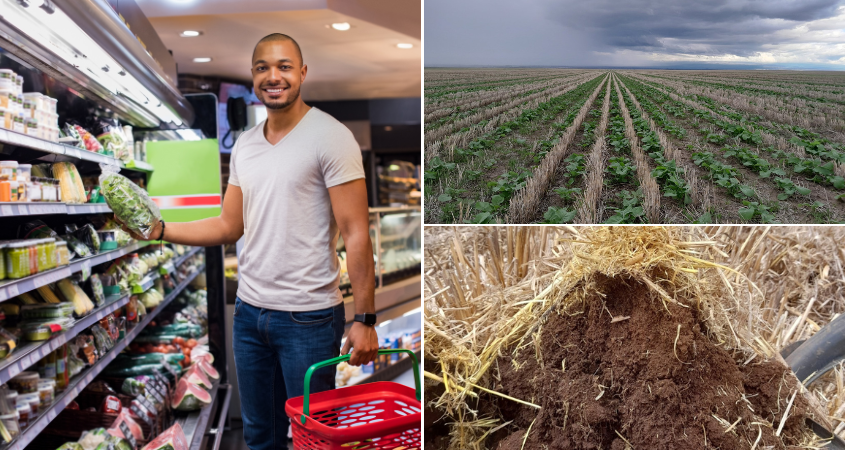
There’s strong evidence linking the health of our soils with the overall human health. Healthy soils play a pivotal role in the production of crops that contribute to the nutritional well-being of individuals. This link between soil health and human health can be understood through several key aspects: Nutrient-Dense Crops: Healthy soils, rich in organic […]
Read More
Balancing the need for high crop yields with environmental sustainability is a core concern for modern agriculture. Sustainable fertilizer practices aim to maximize crop production while minimizing the negative environmental impact. Here are key points to consider when assessing the environmental impact of fertilizers: 1. Nutrient Runoff Excess nutrients, primarily nitrogen and phosphorus, can leach […]
Read More
In the dynamic realm of agriculture, the use of pesticides is a double-edged sword. While essential for protecting crops, the potential risks associated with pesticide residues demand meticulous management. Let’s explore the multifaceted aspects of understanding and managing these risks: 1. Residue Persistence Pesticide residues, if not managed effectively, can persist on crops, soil, and […]
Read More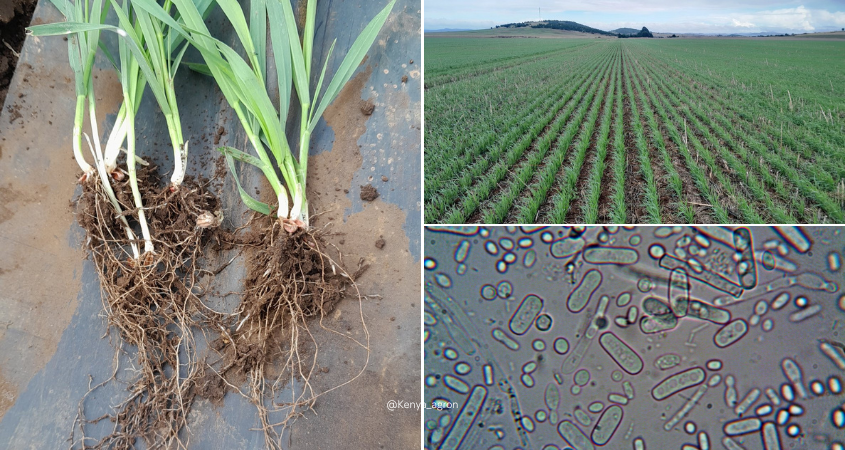
Beneficial microbes—including bacteria, fungi, and other microorganisms—form intricate relationships with plants, driving growth, health, and resilience. These tiny allies play essential roles in sustainable agriculture by supporting nutrient availability, disease suppression, and stress tolerance. Let’s explore their diverse contributions to soil ecosystems: 1️⃣ Nitrogen Fixation Certain bacteria, like Rhizobium and Azotobacter, fix atmospheric nitrogen, converting […]
Read More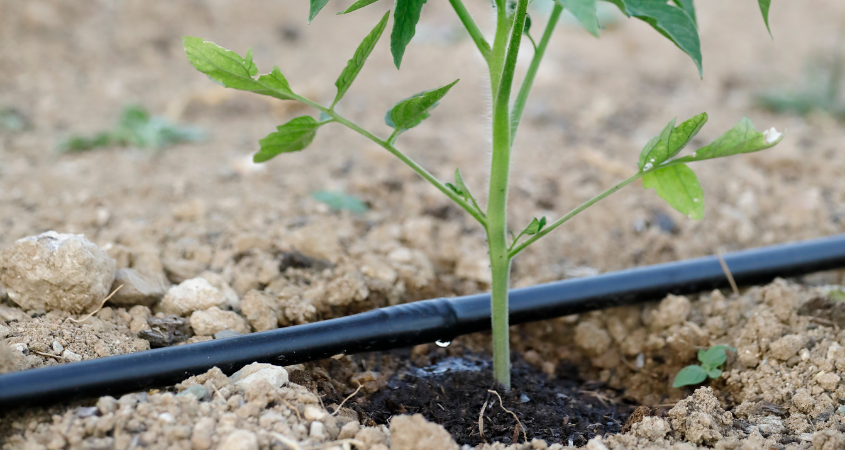
In the vast landscape of agriculture, where factors like soil health, crop varieties, and weather patterns often take center stage, the significance of water quality should not be underestimated. Let’s dive into the pivotal role that water quality plays in optimizing agricultural outcomes. 1. Nutrient Delivery and Absorption Water serves as a carrier for essential […]
Read More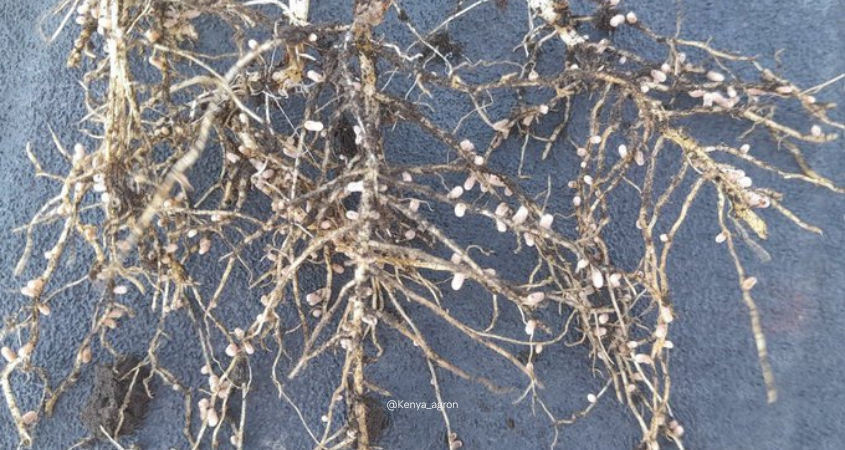
Microbes in the soil form a dynamic community that plays a crucial role in supporting plant growth and maintaining overall soil health. Among these microbes, nitrogen-fixing bacteria and mycorrhizal fungi stand out for their unique contributions. 1️⃣ Nitrogen-Fixing Bacteria Nitrogen is an essential nutrient for plant growth, and a significant portion of the Earth’s atmosphere […]
Read More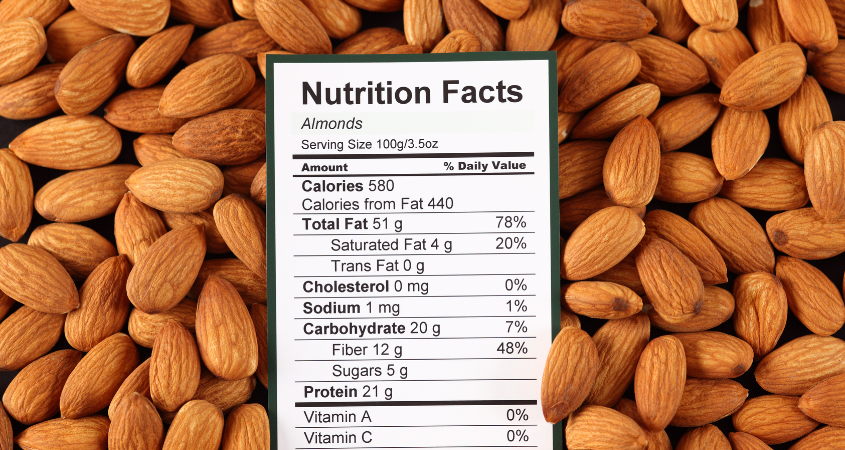
In the intricate tapestry of our dietary choices, accurate nutritional labeling emerges as a guiding thread, offering transparency and empowerment to consumers. Let’s delve into the vital significance of precise nutritional information on food labels: Informed Decision-Making Accurate nutritional labeling equips consumers with the knowledge needed to make informed decisions about their dietary choices. Whether […]
Read More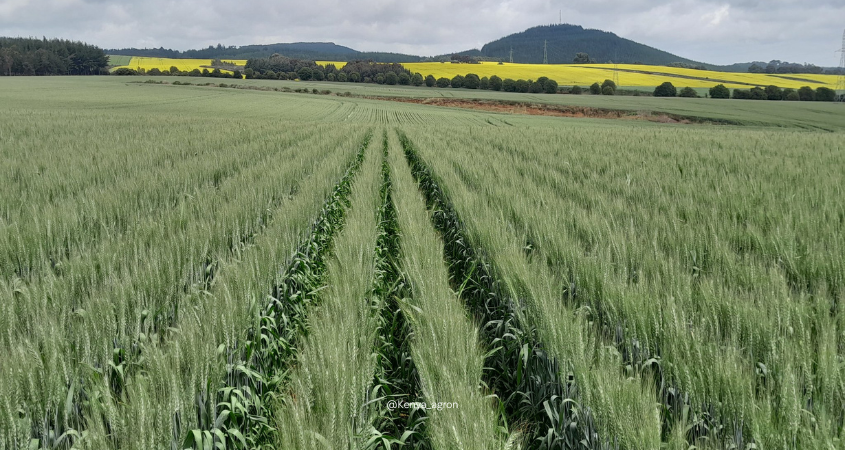
Soil health goes beyond mere nutrient levels; it encapsulates the holistic well-being of our soil. It is the sum of its physical, chemical, and biological components working synergistically to create a fertile ground for plant growth. At the heart of this concept lies the profound realization that healthy soils are not just the foundation of […]
Read More
Food contaminants pose a significant challenge to the safety and quality of our food supply. Understanding these contaminants and their potential impact is crucial for maintaining the integrity of the food industry. Let’s explore some common contaminants and their implications for food products: Pesticides Residues from pesticides can remain on fruits, vegetables, and grains. Long-term […]
Read More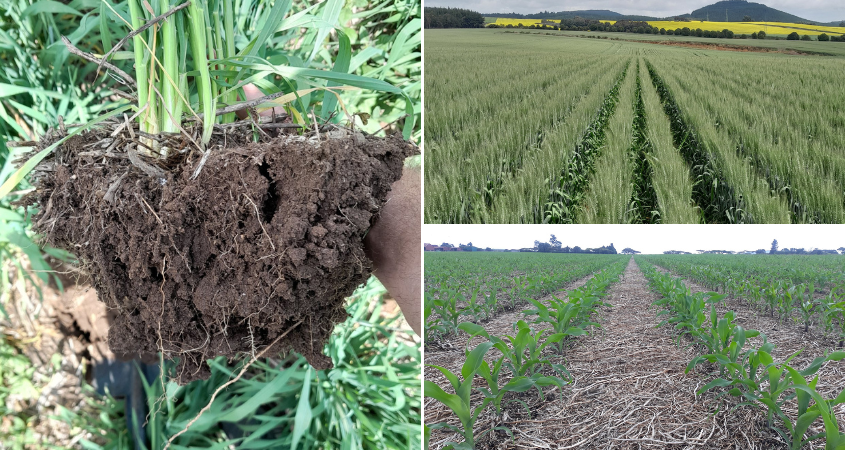
Sustainable soil nutrient management is at the core of environmentally conscious and economically viable agriculture. It involves practices that optimize nutrient use efficiency, minimize environmental impact, and promote long-term soil health. Here are key sustainable practices for managing soil nutrients Organic Matter Addition Increasing soil organic matter content is a foundational practice for sustainable nutrient […]
Read More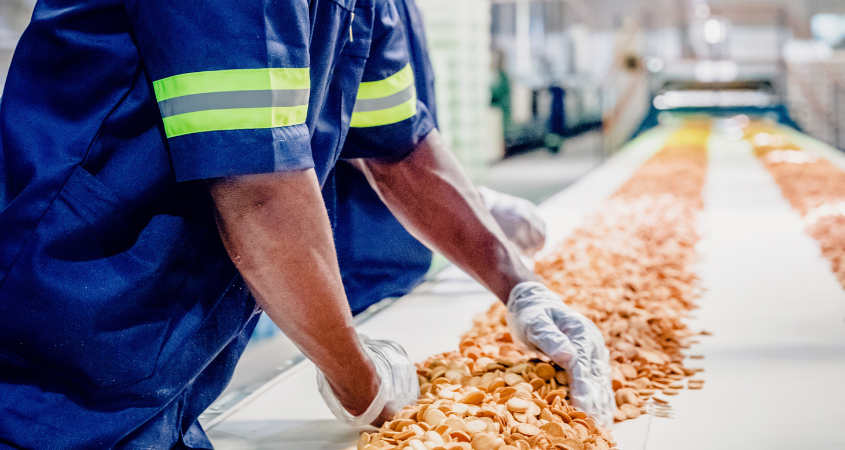
Ensuring the safety of the food we consume is a shared responsibility—from the producers to the consumers. At the heart of this responsibility lies the crucial practice of food testing. Let’s explore why food testing is paramount in guaranteeing the safety and quality of our food: Identification of Contaminants: Food testing allows for the identification […]
Read More
Food safety standards play a paramount role in ensuring the health and well-being of consumers while upholding the integrity of the entire food industry. Let’s delve into the key reasons why these standards are of utmost importance: Consumer Health Protection: Food safety standards are designed to safeguard consumers from potential health hazards. By setting limits […]
Read More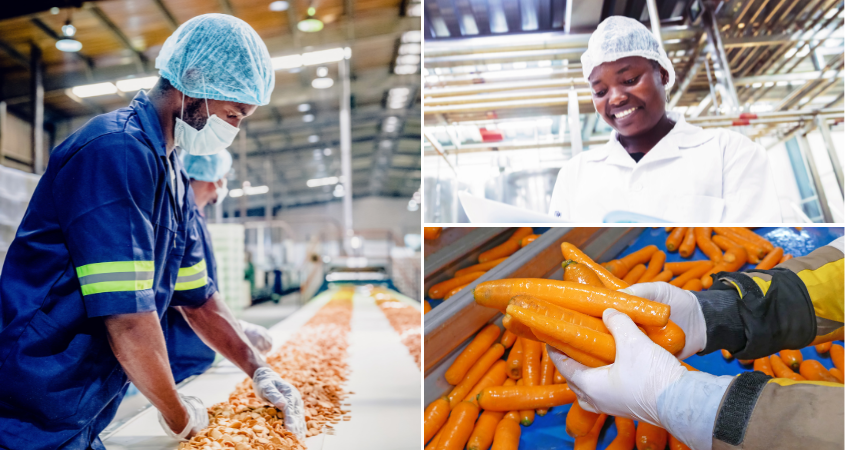
Food safety standards are a set of regulations and guidelines designed to ensure that food products are safe for consumption. These standards cover a wide range of aspects, including the production, processing, distribution, and handling of food. Some of the key aspects of food safety standards include: 1️⃣ Hygiene Practices: Food safety standards emphasize the […]
Read More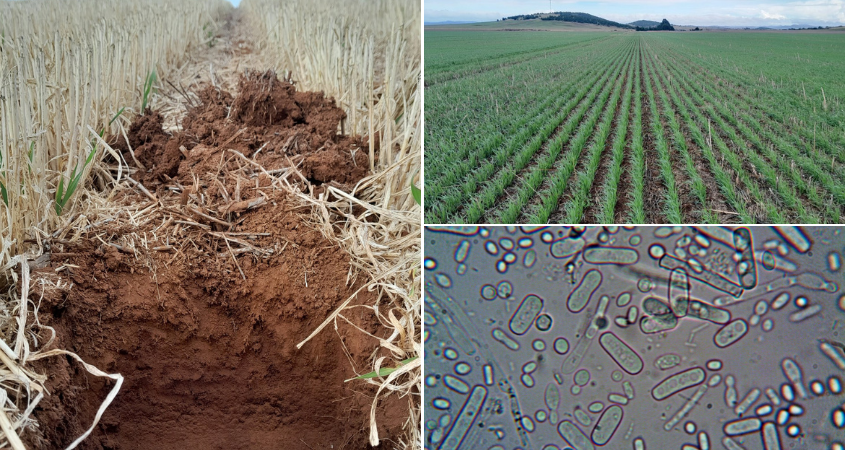
Microorganisms in the soil serve as the unseen heroes of nutrient dynamics, shaping soil fertility and plant health. Their diverse activities drive nutrient cycling, organic matter decomposition, and pathogen suppression, creating a thriving environment for plants. Let’s delve into how soil microorganisms boost nutrient availability: 1️⃣ Decomposition of Organic Matter Microorganisms, particularly bacteria and fungi, […]
Read More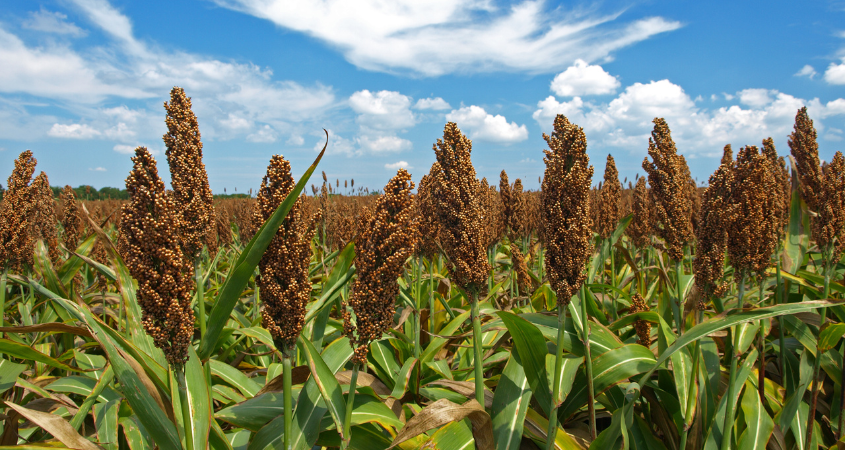
Maximize your sorghum & millet yields with a well-designed soil testing, leaf testing, and fertilizer program. Follow this guide to nurture healthy sorghum & millet crops: 1️⃣ Pre-Planting Stage: Begin with a thorough soil test to assess nutrient levels, pH, and organic matter. This crucial step helps identify any nutrient deficiencies or imbalances, setting the […]
Read More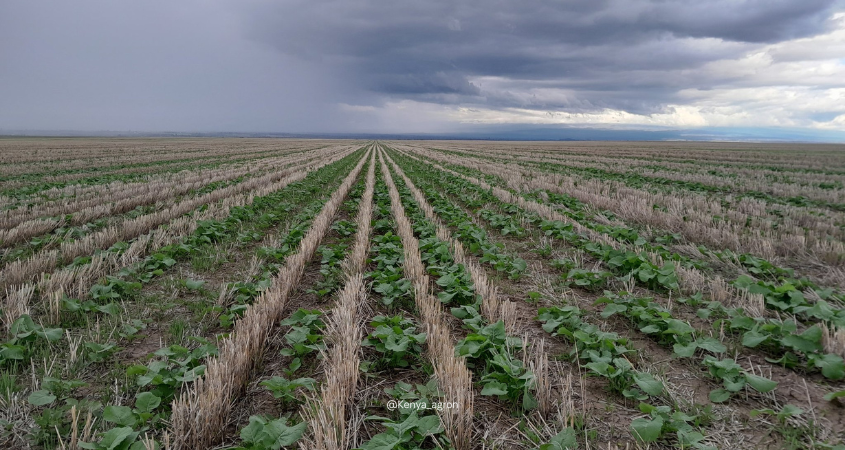
Effective nutrient management is crucial for optimising crop growth and achieving high yields. It involves understanding the nutrient requirements of crops, maintaining soil nutrient balance, and employing sustainable practices to enhance nutrient availability. Here are some key insights into nutrient management: 1️⃣ Soil Testing Before embarking on nutrient management, soil testing is essential. This process […]
Read More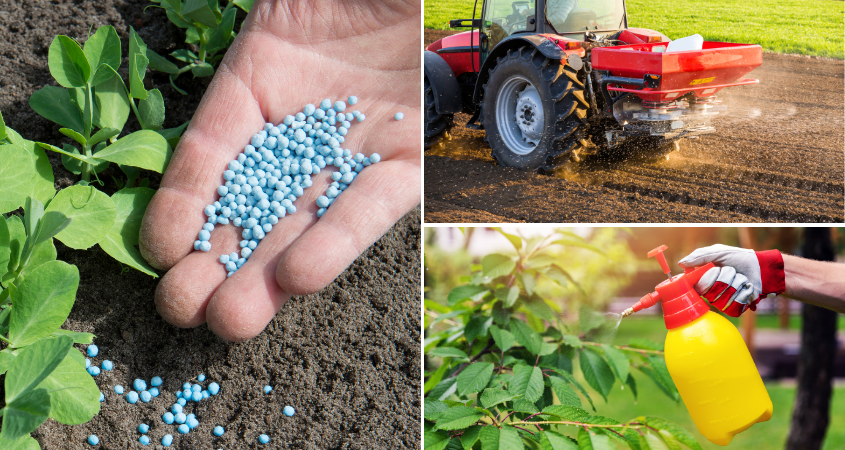
Effective fertilizer application is a critical aspect of soil and crop management. Understanding different techniques for applying fertilizers can significantly impact nutrient distribution, crop growth, and environmental sustainability. Here are key points to consider when discussing fertilizer application techniques: Broadcasting: Broadcasting involves uniformly spreading dry or granular fertilizers across the entire field’s surface. This technique […]
Read More
The biological, chemical, and physical aspects of soil health are fundamental to modern agriculture, collectively forming the foundation for efficient and sustainable crop production. Today, let’s dive into the biological aspects of soil health and their vital contributions to agricultural sustainability: 1️⃣ Soil Microorganisms A healthy soil ecosystem teems with diverse microorganisms, including bacteria, fungi, […]
Read More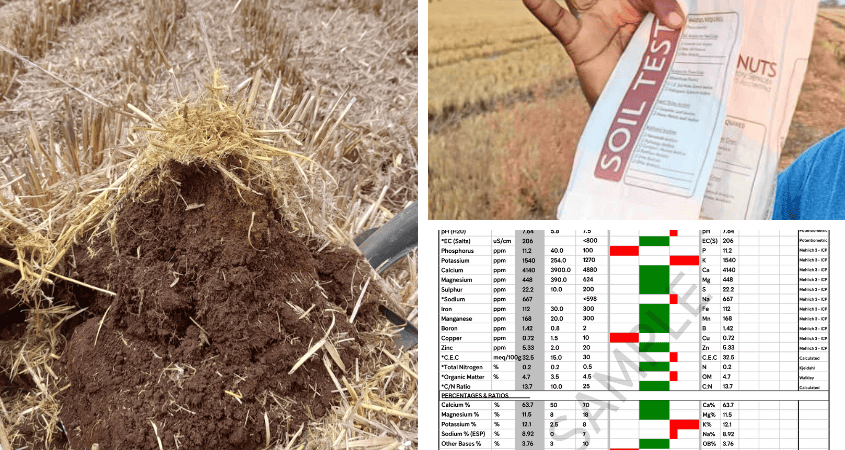
The physical, chemical, and biological aspects of soil health are fundamental to efficient modern agriculture, as they collectively form the foundation of a thriving and productive ecosystem. Today, let’s delve into the chemical aspects of soil health, which directly impact the availability and uptake of essential elements vital for plant health and productivity: 1️⃣ Soil […]
Read More
Physical aspects of soil health create a soil environment where plants roots flourish, water is conserved and erosion is minimised. The soil’s physical properties include: 1️⃣ Soil Texture Soil texture, defined by the proportions of sand, silt, and clay, significantly impacts water retention, drainage, and nutrient availability. Assessing soil texture provides crucial insights into the […]
Read More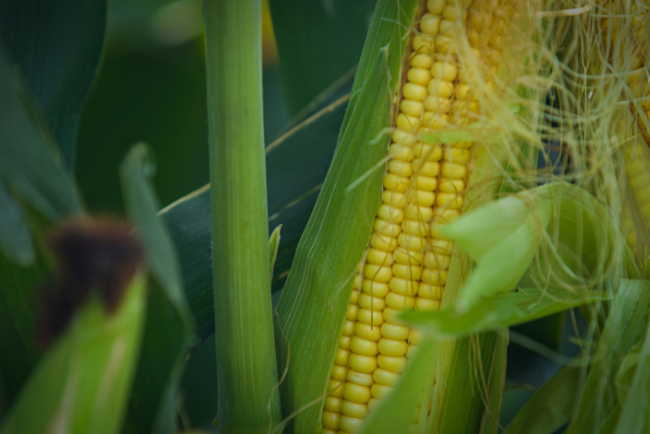
Maize is a resource-intensive crop. Fertilizers and other inputs are costly. A data-driven crop nutrition program, based on targeted soil and leaf sampling, prevents the over-application of nutrients when they aren’t needed, reducing costs and environmental impact. Understanding the maize growth stages allows for the efficient application of these inputs. Why Focus on Maize Crop […]
Read More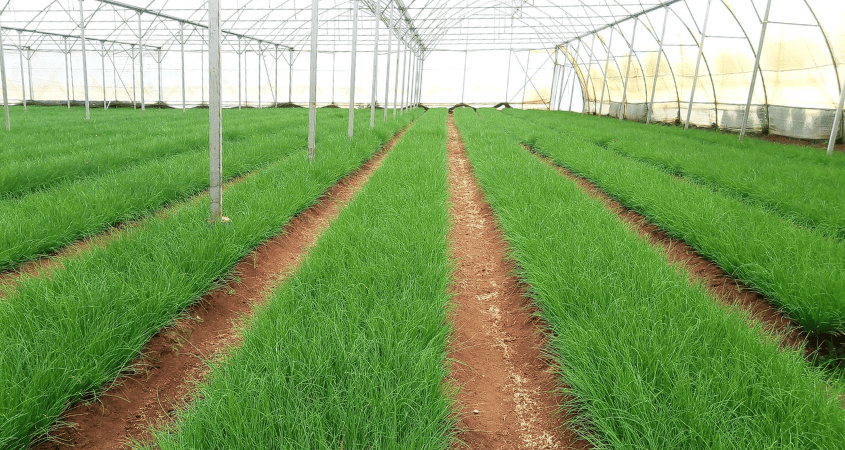
Soil pH is a critical factor that influences the availability of nutrients to plants. Understanding the relationship between soil pH and nutrient availability is essential for effective fertilisation. Here are the key points to consider when assessing soil pH and its impact on nutrient availability: 1️⃣ Soil pH Defined SSoil pH measures the soil’s acidity […]
Read More